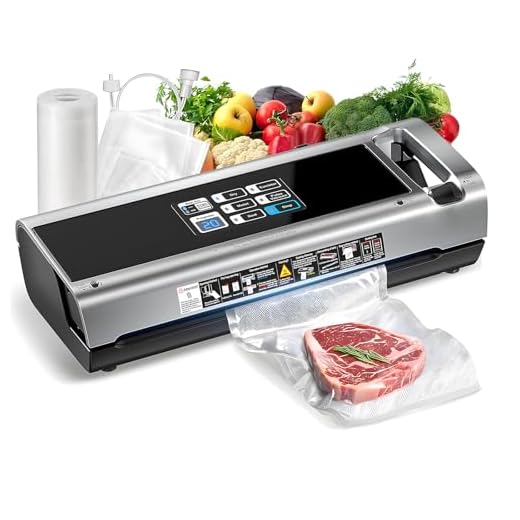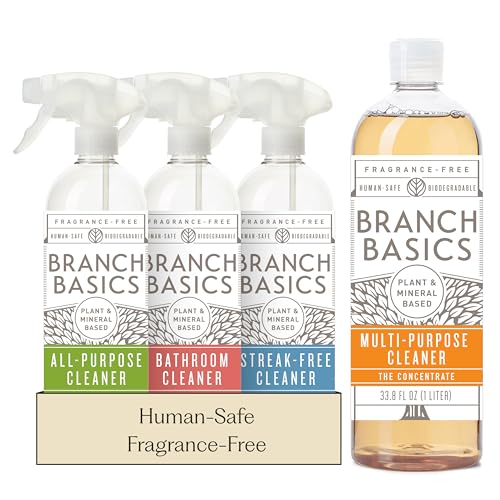Opt for well-packaged snacks, such as granola bars or trail mix, that comply with airline regulations. Dried fruits and nuts serve as nutritious and compact choices for your trip.
Consider vacuum-sealed items like jerky or hard cheeses; these maintain freshness and minimize mess, making them ideal companions for your excursions. Canned goods like tuna or fruit can also prove to be convenient selections that travel well.
Perishable options, such as homemade meals, should be vacuum-sealed or stored in sturdy containers to avoid leakage while in transit. Be sure to check your destination’s customs regulations to ensure compliance.
Staying informed about specific airline policies is crucial, as restrictions may vary. Having a thoughtful selection of portable edibles can enhance your travel experience while satisfying your cravings during the journey.
Permissible Items for Hold Transport
Opt for non-perishable snacks, such as nuts, dried fruits, granola bars, and jerky. Vacuum-sealed options provide extra security against spillage or spoilage.
Liquid Products and Sauces
Liquids, including sauces and soups, should be sealed tightly to prevent leaks. Avoid large containers; opt for smaller, travel-sized versions that fit within weight and volumetric guidelines.
Specialty Items and Cultural Delicacies
Regional specialties like packaged cheeses, cured meats, and baked goods should be securely stored. Check specific airline regulations regarding international transport of such items to avoid issues at customs.
Permissible Solid Items for Air Travel
Travelers may carry various solid items without restrictions on liquid content. Examples of acceptable choices include granola bars, protein bars, and crackers. These options are compact and often non-perishable, making them ideal for lengthy flights.
Prepared sandwiches made with sturdy bread and non-perishable fillings such as cured meats or cheeses can also be included. Items like hard cheeses have good shelf stability and will not spoil during transit.
Dried fruits and nuts serve as excellent snacks; they provide energy and have longer shelf lives. Trail mixes are particularly popular due to their mix of textures and flavors.
Cooked pasta or rice dishes, once cooled, can be transported, especially when packaged securely. Ensure that they are consumed within a few hours to maintain quality.
Whole fruits, like apples or bananas, are allowable. They are portable and do not require refrigeration. Avoid items that can bruise easily, such as peaches, to prevent mess.
Be mindful of any restrictions specific to your airline or destination country. Always check local regulations to ensure compliance with customs and import rules.
Guidelines for Packing Liquids and Gels
A maximum of 3.4 ounces (100 milliliters) per container is permitted for liquids and gels when traveling. All containers must fit into a single quart-sized zip-top bag. This bag should be easily accessible for screening at security checkpoints.
Be mindful of the following items that typically qualify as liquids or gels: beverages, shampoos, conditioners, lotions, creams, sauces, and soups. Always ensure that bottles are tightly sealed to prevent leaks during transit.
Items like olive oil, honey, and other viscous substances must meet the size restrictions. Despite being edible, they fall under the liquid category and must follow the same packing rules.
For travelers with specific dietary needs, consider solid alternatives to sauces or dressings. Pack powders that can be mixed with water to create gel-like substances as a potential workaround.
Remember that any container exceeding the stated volume must be placed in the hold. Avoid trying to distribute contents into smaller bottles, as this may lead to issues during security checks.
Best Practices for Storing Perishable Items
Utilize insulated containers or coolers with ice packs to keep items fresh during travel. These containers help maintain a lower temperature, reducing spoilage risks.
Choose vacuum-sealed packaging to minimize oxygen exposure, which can lead to faster degradation. This method also saves space in your bag.
Label all perishable contents clearly with the date of packing. This helps keep track of freshness and ensures you use the oldest items first.
When selecting perishable items, prioritize those with a longer shelf life or those that can tolerate slight temperature changes. Consider items like hard cheeses or cured meats that stay safe longer without refrigeration.
| Item | Storage Tip |
|---|---|
| Cheese | Wrap in wax paper and place in a cooler. |
| Meat | Keep vacuum-sealed and below ice packs. |
| Fruits | Store in breathable bags to prevent moisture buildup. |
| Vegetables | Use damp cloths to maintain humidity. |
Avoid packing items that require refrigeration below 40°F for extended periods. If necessary, check on the possibility of using dry ice, ensuring compliance with airline regulations.
For specific storage solutions, consider researching the best air pump for 75 gallon aquarium, as this can offer insights into maintaining appropriate conditions for perishables.
Regulations on Homemade Edibles in Checked Bags
Homemade items may be permitted, but specific rules apply. Always verify with the airline regarding their policies before traveling. Here are key points to consider:
Types of Permissible Homemade Items
- Hard cheeses: These often endure travel without spoiling.
- Dried fruits and vegetables: Excellent for snacking, lightweight, and last long.
- Cookies and baked goods: Typically acceptable, but avoid fillings that spoil easily.
- Nut mixes: A great source of protein and typically safe for transport.
Prohibited Items
- Perishable items: Avoid items that require refrigeration or have a short shelf life.
- Foods with strong odors: These could be subject to additional scrutiny.
- Spreadable items: Items like homemade jams and creamy spreads may be restricted due to liquid regulations.
For ease of carrying your luggage, consider using the best lightweight backpack for disney world for your essentials or opt for the best utility backpack to accommodate varied needs. Proper packing ensures your homemade creations arrive safely and remain compliant with airline guidelines.
Understanding International Restrictions on Food Items
Research specific regulations for each region prior to travel, as rules differ significantly across borders. It’s advisable to check governmental guidelines concerning agricultural and food safety laws to avoid penalties.
Most countries have strict limitations on items that are prone to carry pests or diseases. Common prohibitions include:
- Fresh fruits and vegetables.
- Meats and dairy products originating from non-approved countries.
- Certain packaged foods that fail to meet local safety standards.
Non-perishable goods such as commercially packaged snacks often face fewer restrictions, but even these can be subject to scrutiny. Confirm approvals for specific items such as:
- Nut butters.
- Processed foods containing meat.
- Packaged cheeses with specific origin labeling.
Be aware that customs officers may confiscate items that appear suspicious or undeclared. To facilitate the process:
- Declare all edible items upon arrival.
- Avoid bringing home products like homemade jams or baked goods that lack commercial packaging.
- Store all goods in original, sealed packaging when possible to verify authenticity.
Failure to comply with local restrictions could lead to fines or the destruction of items. Always prioritize knowledge of the latest regulations to ensure a smooth experience during international travels.








